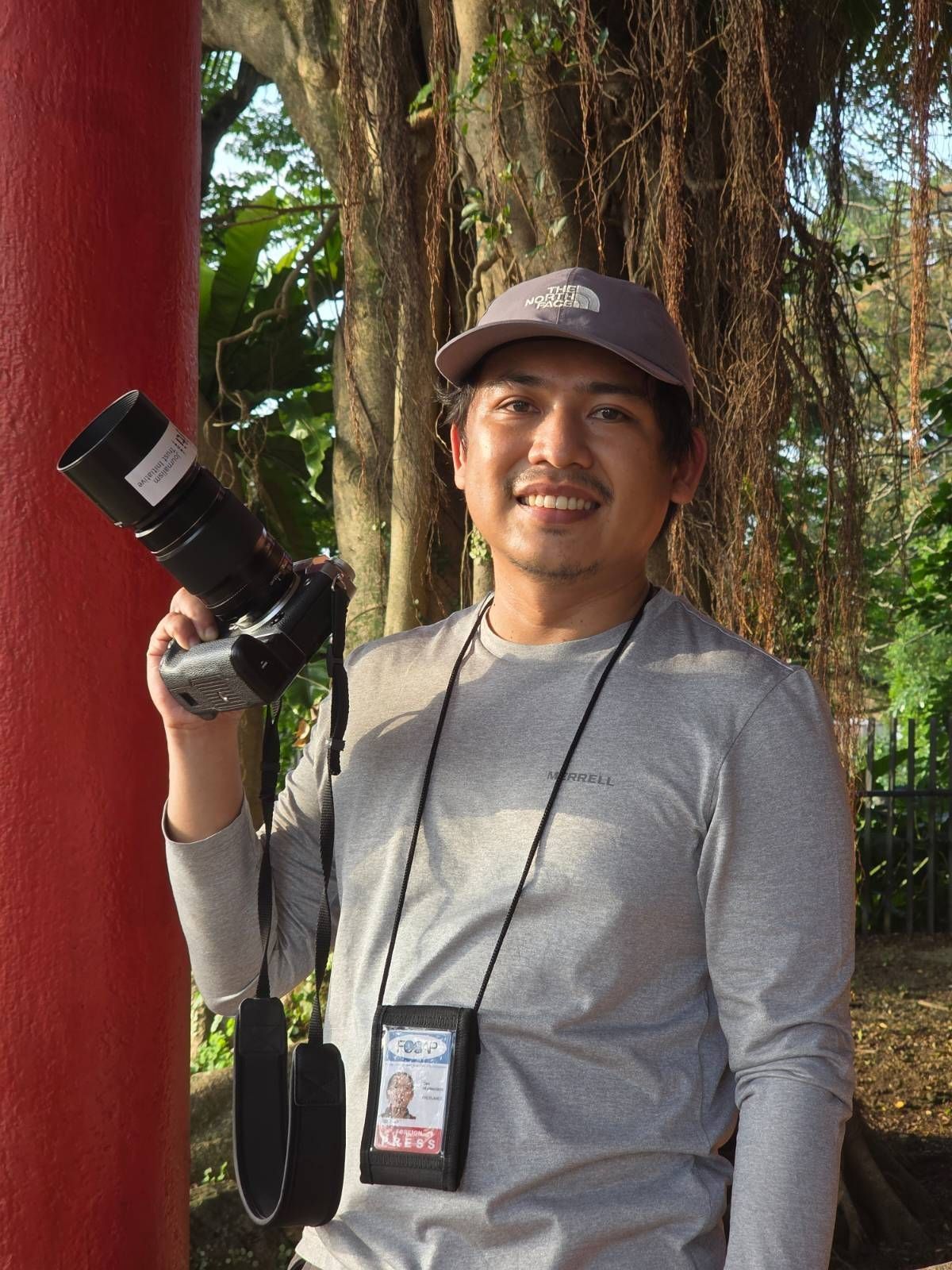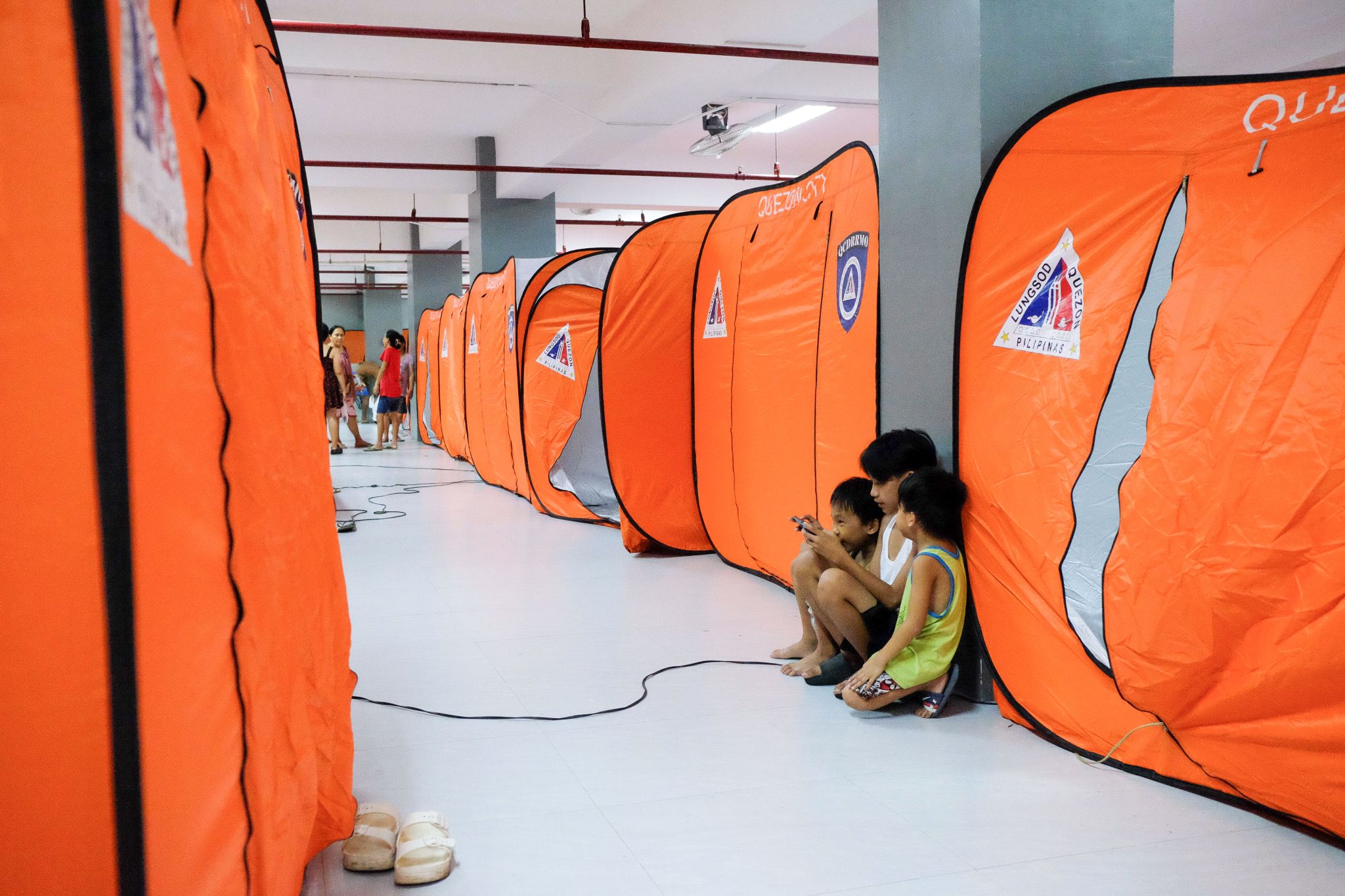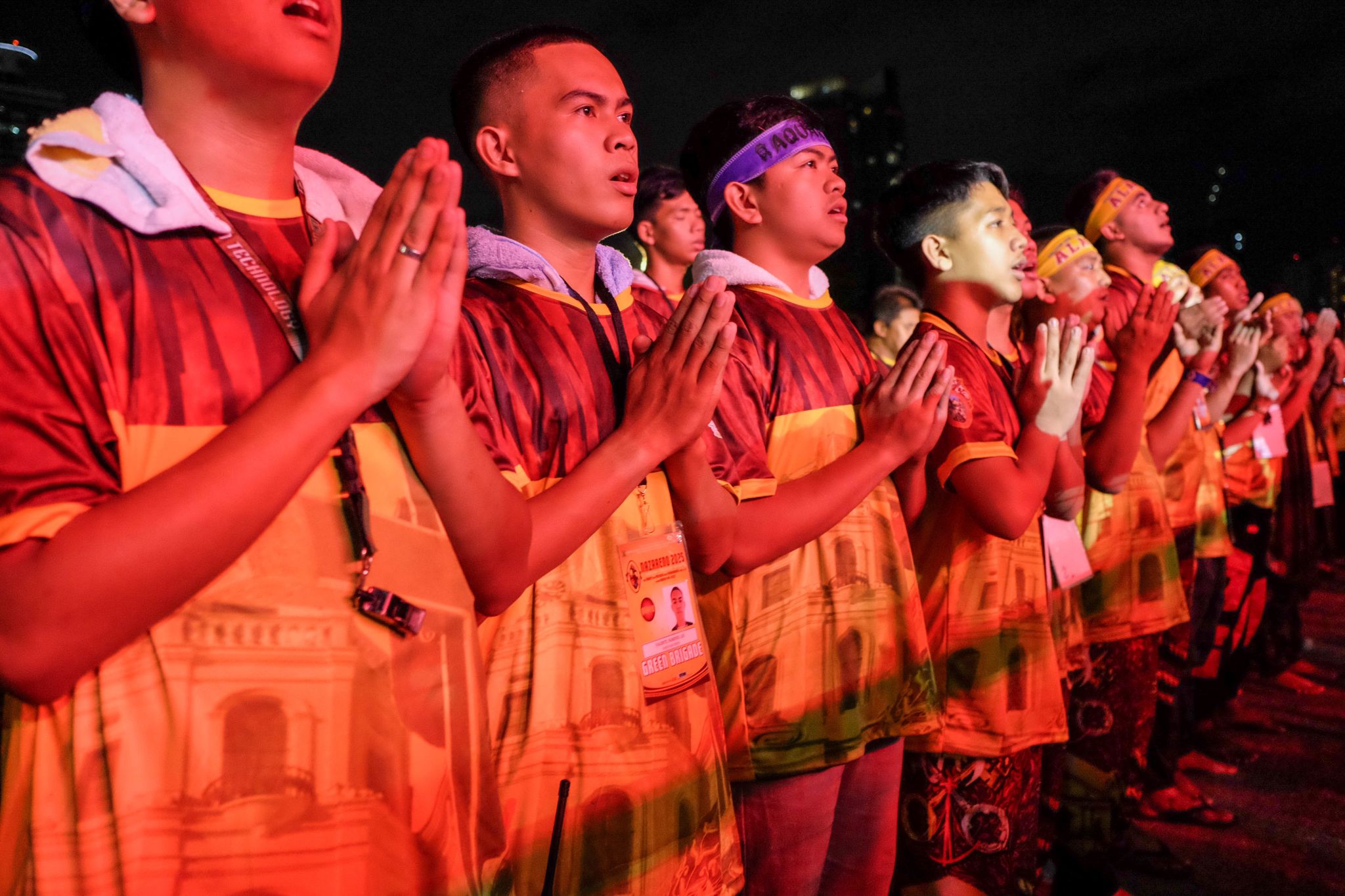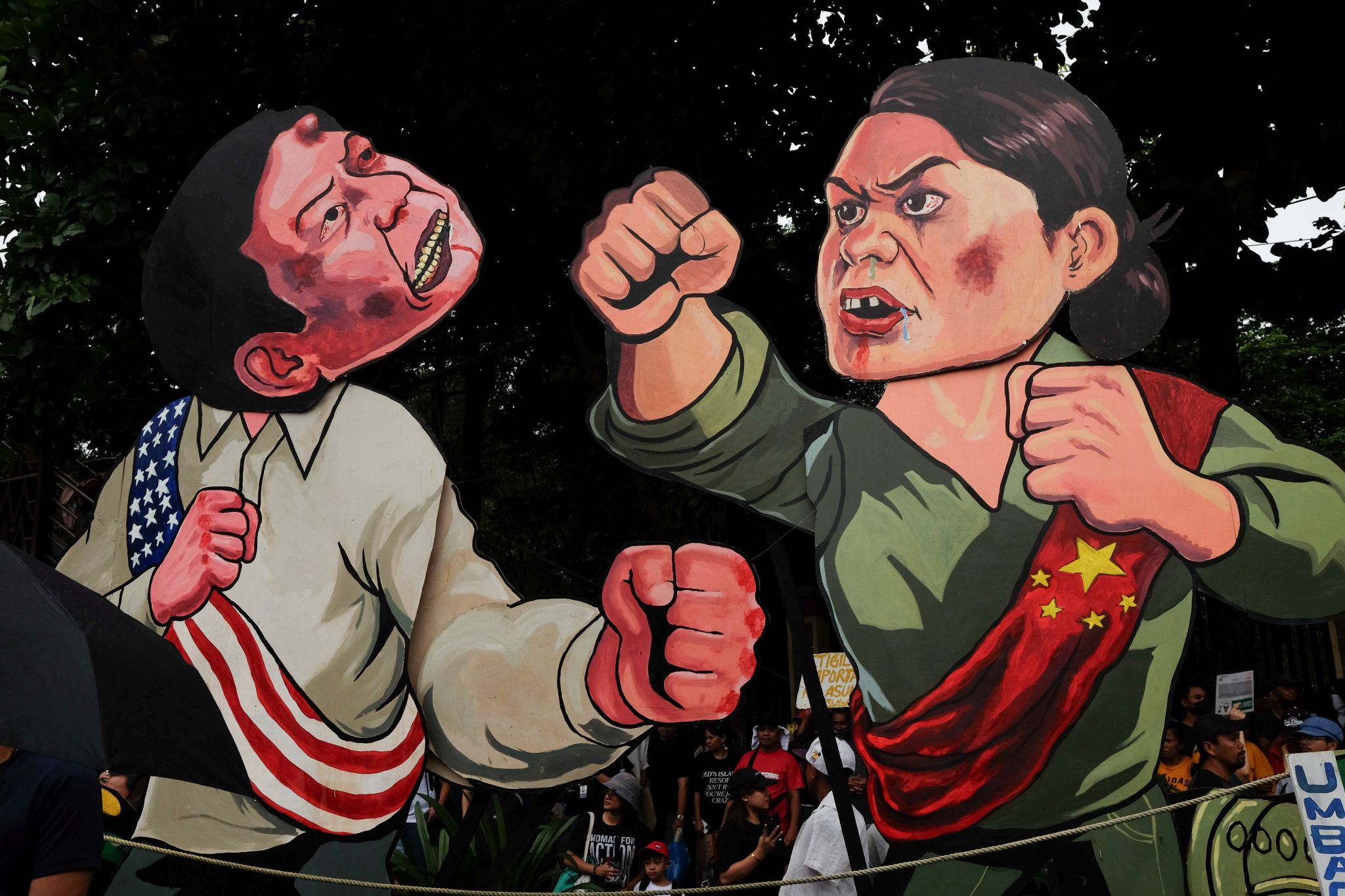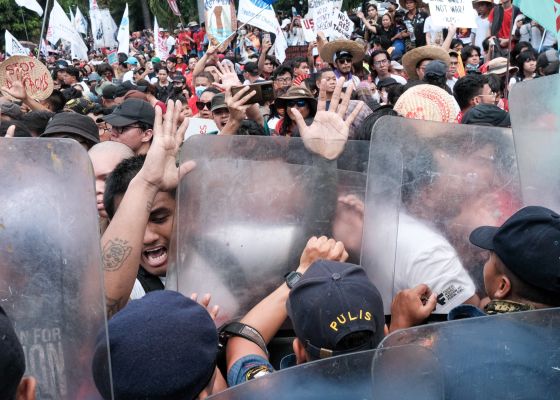
Deo Montesclaros: Reporting From the Margins
7 minutes
Deo Montesclaros is a photojournalist and writer from Manila, Philippines. His work focuses on human rights, environmental issues, political protests, news, and culture.
While covering news and editorial stories, his lens also captures the religious fervor of a predominantly Catholic nation through religious festivals and cultural events.
Deo has faced political persecution for his critical reporting on environmental degradation, human rights abuses, and the living conditions of marginalized communities in the Philippines during the COVID-19 pandemic. He found himself in the crosshairs of the government—subjected to incessant vilification, red-tagging, and trumped-up accusations of financing terrorism—tactics commonly used by the Philippine government to silence critical journalists.
How did your journey in photography start?
I have a keen interest in photography in general, because I’ve always been a reader of newspapers since I was young. Especially the articles and stories with images catch me. They help me understand the context of the story and spark my imagination—what the place looks like and who the people telling their stories are.
When I started with journalism in 2017, I began taking photos to incorporate them within my articles. I want readers to experience what I experienced when telling journalistic stories—especially the underreported stories of marginalized communities. The camera, as a medium, can become a tool to bear witness to our surroundings and communities. And in the process, the act of photographing can become a positive force for engaging the world and helping to change it for the better.
Magnum photographer Matt Black’s photobook American Geography had a tremendous impact on my photography. His documentary work on the condition of the rural working class in America gave me a stark reminder of what a good photograph can reveal and how it can confront the reality of the human condition.
What motivates you in your work?
As a journalist, I believe our profession is a public trust. It is in the interest of the public whenever we publish relevant, fair, truthful, and accurate stories and photographs.
As a visual journalist in a world oversaturated with images, we as photojournalists and visual storytellers can still contribute to fruitful and meaningful conversations—on and beyond social media. I want to be part of that. We can still create a democratic space on these platforms—social media and the internet in general—through stories that represent society as a whole and that people can relate to.
How do you work? What’s your approach?
I tried shooting breaking news and editorial stories. But as I progressed in photography, I became aware that my interest and approach aligned more with documentary photography. I create reportages and stories that are comprehensive, both in words and visuals. This also complements my experience in fieldwork and research as a community development worker and community journalist.
With this background, I shaped my photographic approach. Crucial to this approach is the method I use when conducting investigations in marginalized communities. It’s always better to talk to the community members first without the camera—out of respect for them and their community. That way, I can clearly explain my purpose and motivation, and answer their questions and concerns without the distraction of the camera. After this, I begin planning accordingly.
Since January, you have been persecuted by your government. How did it start?
In 2017, I began receiving text messages from unknown numbers telling me to stop reporting on the mining activity of the Australian-Canadian company OceanaGold and its environmental impact. The unknown sender threatened me: “We are watching you. Beware of Alyansa ng Novo Vizcayano para sa Kalikasan (Novo Vizcayano Alliance for the Environment),” an environmental alliance of civil society.
Residents had been protesting the mine for destroying their water source, stealing their ancestral lands, and violating their human rights. As the mining agreement neared its expiration, the company planned to renew the contract with the government for another 25 years. It was during this moment that the indigenous community set up a people’s barricade to oppose the continuation of mining operations.
I covered this story as a community journalist and stayed at the barricade and within the community for a while. I believe the state has always targeted critical journalists, especially those who challenge government policies that affect marginalized communities.
Worse, there have been other journalists before me who faced repression, incarceration—like Frenchie Mae Cumpio—or were even killed.
When you cover the margins of society, you uncover stories that are important and worth telling. It gives the community a space to share their stories and lived experiences, and to challenge the narratives the powerful use to gain public favor and sow discord among people.
Why is the government targeting you?
Every government and administration mired in corruption, locked in internal power struggles, and leaning toward authoritarianism will always try to silence critical journalism and suppress freedom of the press.
The government under former President Rodrigo Duterte waged a war against the poor and vulnerable under the pretext of a “war on drugs.” After a bloody crackdown on urban poor communities, he turned his anger toward activists, human rights defenders, journalists, and others who criticized his repressive policies and brutal drug war.
His administration also maintained close ties with major local and foreign mining companies. Under his leadership, the government renewed the contract with the mining company, ignoring the resistance of indigenous communities.
Worse, his administration launched a systematic campaign of political vilification and character assassination targeting known environmentalists and journalists covering environmental destruction—especially those linked to the environmental alliance ANVIK—in an effort to discredit their advocacy and silence them.
What are the consequences for you personally and for your work?
I’ve been living a dangerous life due to red-tagging, surveillance, and threats. It violates my right to freedom of expression and press. There were times I received important news and stories from the ground, but I couldn’t write about them out of fear of retaliation from the government.
Who’s helping you at the moment?
There are many people and organizations helping me.
Colleagues from the press are sending moral support and organizing a campaign.
What do you think will be your future?
I would like to continue telling stories from the margins and serving my people.

